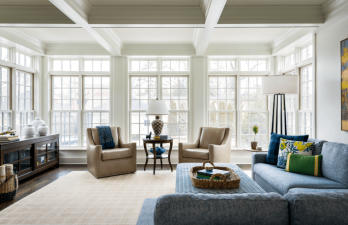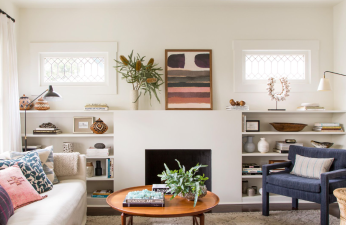Garden Renovation Tips That Save Money
A garden is no longer an unattainable luxury; it's becoming a way of life. With standardized design and sound planning, you can achieve your dream garden within your budget! But how can you save money while maintaining style and quality?
First and foremost, find a good, reliable garden designer!
- Simplify your wish list.
When first considering garden design, many homeowners tend to impulsively want to incorporate water systems, outdoor kitchens, sunrooms, children's tree houses, and more. Building these complex structural elements beautifully and effectively is quite costly.
To save costs, consider what you truly want and will use frequently in your garden from the outset. Using the designer's layout, you can eliminate features that can be expanded over time. By sharing these requirements with the designer, your initial planning plan can leave room for future additions, avoiding the need for a complete garden overhaul.
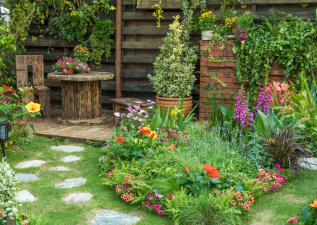
- Choose flexible, yet affordable, hard materials.
Garden features, such as paths, recreational areas, and pools, are often one of the biggest budget drains in landscape design. To achieve a quality garden, high-quality materials are often used, but installation costs will increase. Therefore, when managing costs, consider choosing easy-to-use, hard materials that are both convenient and user-friendly, which can also achieve unexpected results.
"Crushed stone is a great alternative to stone, reducing the amount of manual handling and cutting work."
Tip: Crushed stone is not suitable for wheelchairs or strollers, so avoid using it on main paths and in busy recreational areas. Using gravel on secondary paths or in smaller recreational areas is a cost-saving measure.
- Utilize Existing Plants and Materials
Reusing existing plants and materials is common in garden renovations, especially when the plants are in good condition and the materials are durable and high-quality, which helps save money.
- Choose Local and Recycled Materials
If the garden is not being renovated, or if there are no existing materials available, consider sourcing suitable recycled materials from the secondhand market. If purchasing new materials, consider local sources, as this will significantly save transportation time and reduce garden construction costs. If the garden service provider has materials in stock, consider using them. Stock materials are often more natural and accessible, which helps the garden blend better with the surroundings and gives a new garden a sense of age.
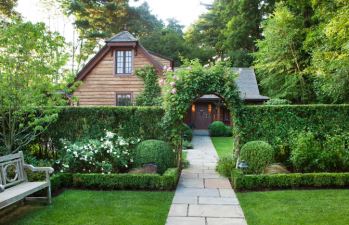
- Buy Small Plants
There are many different sizes and types of plants to choose from, and naturally, their prices also vary. Buying small plants is a direct and effective way to control garden construction costs. Garden plants can be raised from seedlings, which saves money and allows you to observe their growth and changes. This is also the time when you are progressing from a novice gardener to an experienced gardener, so investing the saved budget in hardscaping is a wise choice.
Of course, there are exceptions. If you need to shade a leisure area or create an immediate hedge, it is recommended to choose mature plants.
- Choose Perennials Over Annuals
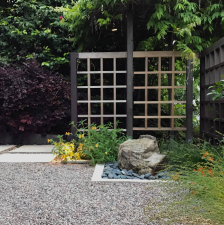
Annuals have a long flowering period and, while they are less expensive to purchase, require annual replacement. Perennials, on the other hand, offer the advantages of a stable flowering period, rich colors, and a wide variety of varieties. However, this also requires the garden designer's expertise. A well-designed planting plan can ensure a garden that lasts all year round. Tip: The labor costs for sourcing plants, transporting them to your site, amending the soil and adding fertilizer, digging pits, and planting by a garden service provider are often higher than the retail price. However, with the expertise of a garden designer, you can manage the overall planting process (such as placement, density, and combination) scientifically and rationally, avoiding repeated waste.

